The Toronto Maple Leafs’ year of 2017 was defined by nothing other than success.
Firstly, as the 2016-17 NHL season came to a close, the Leafs made an incredibly surprising playoff appearance and managed to seriously test – and scare – the Washington Capitals. Although Toronto would ultimately drop the first round clash in a deciding sixth game, the skill and lethality displayed by the Leafs generated a wealth of optimism surrounding the team ahead of their 2017-18 campaign.
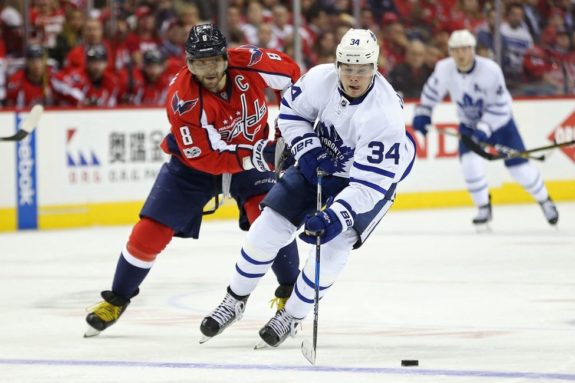
And, throughout the first half of Toronto’s current season, the team failed to disappoint. Playing to a 47-30-10 record over the course of 2017, the Leafs once again find themselves in a playoff spot while also boasting a legitimate opportunity to improve upon their postseason appearance a mere year ago.
However, despite the incredible level of success which Toronto has enjoyed throughout the 2017 calendar year, there remain a number of areas of concern – or resolutions, if you will – which the team must focus upon if they wish to develop into a perennial Stanley Cup contender.
Attain Greater Consistency
Over the course of 2017, the Leafs played a grand total of 87 regular season games. In those games, Toronto notched a whopping 47 wins, a total good for the fifth-most in the NHL.
However, despite winning games at a torrent place this past year, the Leafs’ inability to attain consistency in their play has arguably hampered them from achieving even greater success. Yes, Toronto has been incredibly successful overall, however, frequent losing streaks of two-to-three games have directly impacted their place within the league standings.
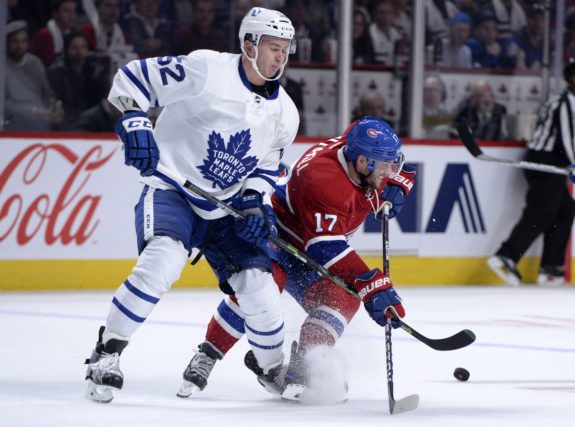
In fact, from Jan. 1st to Dec. 31st, 2017, 12 of the Leafs’ 30 losses came in back-to-back games, while the franchise also struggled through a trio of three-game losing streaks and a disastrous five-game skid to end the month of February. In all, these streaks accounted for 26 of the team’s losses, or roughly 87%.
So, with this being said, there is clearly room for improvement when it comes to Toronto and their consistency as a team. If the Leafs are able to iron-out these periods of despair, and in doing so record a number of additional points or wins, it could stand as the difference between playing the top-seeded team and owning home-ice advantage come the postseason.
Stay Focused on the Long-Term Goal
As mentioned, the Leafs’ incredible 47 wins and 104 points in 2017 were amongst the best in the NHL. In fact, these totals were superior to perennial contenders such as the Chicago Blackhawks, Columbus Blue Jackets, and Pittsburgh Penguins – a true indication of Toronto’s lethal play.
However, one fact which is easily forgotten and overlooked given the Leafs’ success is the fact that Toronto is, realistically, only in the third year of their rebuild, and one which was designed to be fully comprehensive over the long-term. So, although success in the short-term is certainly enjoyable, the Leafs’ players, as well as their management team, must remain focused on the long-term prosperity and sustainability of the team.
So, what does this mean, exactly?
Establish a Winning Culture
Well, for the players, it means establishing a winning culture which thrives on both success and consistency on the ice. Perhaps the case in point regarding this topic revolves around six losses which the Toronto sustained in 2017, or, in other words, 12 potentially critical points which the franchise failed to claim.
These six losses were sustained against the Montreal Canadiens, Buffalo Sabres, Arizona Coyotes, and Vancouver Canucks, respectively – four teams which the Leafs must learn to best on a consistent basis if they wish to become a true contender within the Eastern Conference and the NHL as a whole.
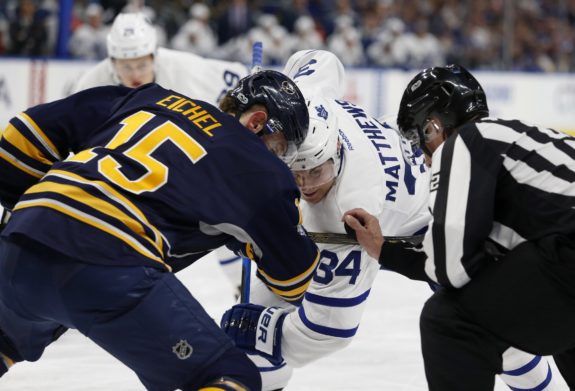
Unless Toronto and its players can come to expect and achieve success against a number of the league’s weaker teams, on-ice consistency, as we touched upon earlier, may become a lingering menace which the Leafs are forced to do battle with.
In short, Toronto cannot simply take wins as they come. Rather, the franchise must establish a culture over the long-term which thrives on success and will not accept anything less. So, with this being said, victories against such teams must come to be expected for the Leafs rather than desired, as the franchise must set its sights on defeating the league’s premier contenders if they wish to become a perennial powerhouse.
Developing a Standard
Now, while those who are responsible for assembling Toronto’s roster aren’t able to directly influence the outcome of any given game, they do possess the power to build a strong and prosperous roster of long-term sustainability.
And, for the likes of Brendan Shanahan, Lou Lamoriello, Mike Babcock, Kyle Dubas, and Mark Hunter, this must remain their key focus regardless of the team’s current success.
Yes, the Leafs have enjoyed a wealth of prosperity early on within their rebuild, however, this should not alter the manner in which the team’s roster is developed or assembled, either now or in the immediate future. While winning is undoubtedly enjoyable and desirable, the furthered development of a number of Toronto’s young assets must remain of the utmost importance.
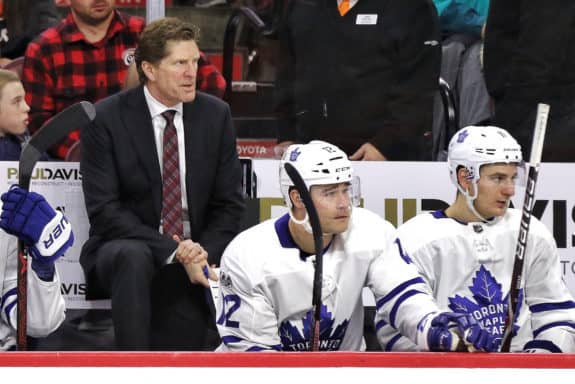
Unfortunately, the Leafs have meandered from this course of late, as a number of valuable veteran players have been awarded considerable playing time. In fact, players such as Leo Komarov, Dominic Moore, and Roman Polak have regularly been opted for in place of Kasperi Kapanen, Josh Leivo, and Andreas Borgman, whose personal developments have undoubtedly been hindered by a lack of consistent playing time.
So, with this being said, Toronto must stay their course and remain true to the original intentions of their rebuild. Providing ice time to those mentioned above will not only produce results on the ice but will allow for the further development of each player as an individual. With sustainable, long-term success the aim of the game, the Leafs must re-align with the principles of their rebuild, which is focused directly upon the development and implementation of highly skilled players.
Enjoy Success by Committee
The final resolution which Toronto must strive to achieve is success by committee.
While the Leafs certainly boast a deep lineup, and one which is capable of producing at both ends of the ice, too often has the team become overly-dependant on their best players. Yes, Toronto’s premier players are who they are because of their incredible skill, however, they cannot be expected to carry their teammates on a nightly basis, and especially so considering the Leafs’ desire to become a sustainable and perennial contender.
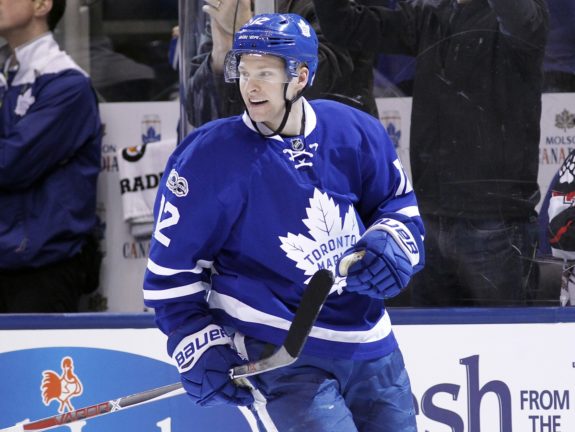
One interesting tidbit related to this resolution which dates back to Jan. 1st, 2017, is the number of occasions in which a Toronto player scored the first goal of a game. Of the 46 instances in which the Leafs notched the first tally of the game, 28 were scored by a member of the team’s top-two lines, or a whopping 61% of the time. Further, of Toronto’s 281 goals scored during the calendar year, 184 were scored by a one of the team’s top-six forwards, a rate of production which works out to 65% of the Leafs’ grand-total.
So, Toronto quite clearly needs a greater and more consistent level of production from their bottom-six players. Of course, these players are not necessarily expected to score, however, given the changing nature of the game and the fact that Leafs’ best players remain incredibly young and relatively inexperienced, production from all levels of the lineup must come to be counted upon if Toronto wishes to truly contend on a regular basis.